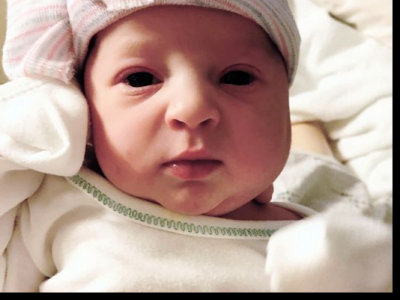Mencia Clinic
Index
Clinical Analysis Mencía Plasencia- 1. Description
- 2. Services
- 3. Spoken languages
- 4. Treatments
- 5. Explanation of the treatments
- 5.1. Complementary techniques
- 5.2. Fertility preservation
- 5.3. Own bank of gametes and embryos
- 5.4. ROPA method
- 6. Related videos
- 7. Medical equipment
Description
Since 2009, the Mencía Clinic of Dr. Belén de la Torriente Benito offers in its facilities the possibility of carrying out all currently existing treatments for the treatment of their infertility and / or sterility problems.
The clinical center consists of two establishments located in Cáceres and Salamanca. Salamanca being the first to appear in the city and also pioneer in many techniques coupled with assisted reproduction as the "Embryoscope".
The time-lapse system "EmbryoScope", is the maximum technology worldwide in the incubation phase of embryos.
It reduces human manipulation to the maximum, since it does not need to be extracted from the incubator at least once a day to observe its evolution, avoiding situations of stress caused by differences in temperature, variations in pH or exposure to light, which alter its optimum conditions of cultivation, many dying in the pre-implantation phase.

Services
Own laboratory Operating room itself Transparency policy Donors of semen and ovules Room for recovery
Spoken languages
- German
- Spanish
- French
- English
- Italian
- Portuguese
Treatments
Embryo freezingSeed freezingEmbryopreserved with embryoscopeDGPECography 4First trimester studyFemale fertility studyMen fertility studyEigh fertility studyIn vitro fertilization / ICSIFIV egg donorFIV sperm donorAir conjugate artificial insemination donorInternal gynecological examinationSemigramFreeze embryo transferOvule vitrificationExplanation of treatments
The clinic includes the possibility of artificial insemination (conjugal or donor), as well as in vitro fertilization techniques such as conventional IVF or ICSI (with own or donated ovules).
IVF techniques are those in which the fertilization of the oocyte is done in the laboratory, so the oocytes of the woman must be extracted beforehand.
In the laboratory they will be fertilized with the sperm of the couple or donor, and they will be reintroduced back to the woman.
Depending on the state of the ovum and sperm, conventional IVF or ICSI will be chosen, in which the sperm will be introduced manually into the oocyte.
Complementary techniques
One of the problems in spontaneous abortions is usually due to genetic defects in the embryo, the Clinic is aware, and that is why it has numerous techniques that allow to study carefully the genetic material of the embryos and make a detailed follow-up of their evolution before transfer them to the uterus.
The novel Embryoscope incubator allows a follow-up of the development of the embryo, and also an optimization of the environment in which it is found. The incubator is fitted with a camera that takes photographs that lets you know if it is developing well, and if so, select it as a possible embryo that will be transferred to the mother's uterus.
This advance allows an increase in 10% of the possibilities of gestation, as well as delivering a video of the development of each embryo, which is delivered to the patients, so that they can see at what moment the life of their coveted son began.
Couples with a history of hereditary diseases will be able to stop the passage to the next generation when performing the Preimplantation Genetic Diagnosis (PGD) test. A biopsy of the embryo will be performed and its genetic material will be analyzed. FISH studies for sperm are also offered.
Finally, the clinic offers very attractive offers such as 3D and 4D ultrasounds, so you can see your child moving before birth.
Comments
Post a Comment